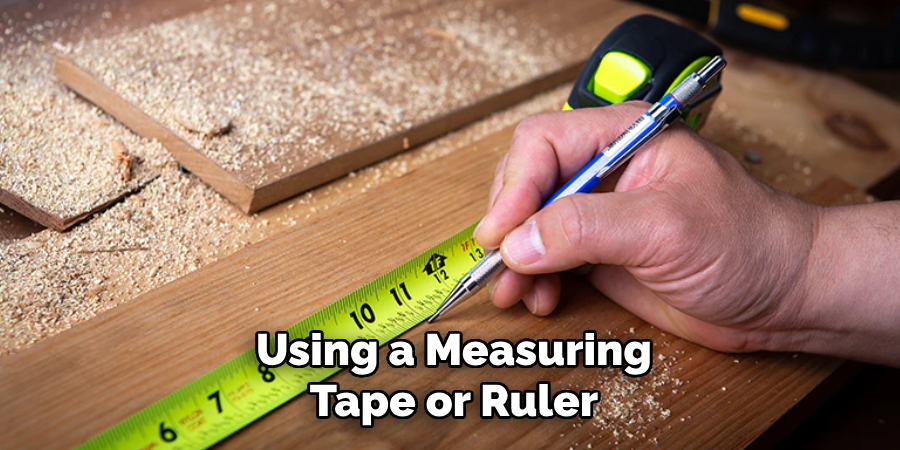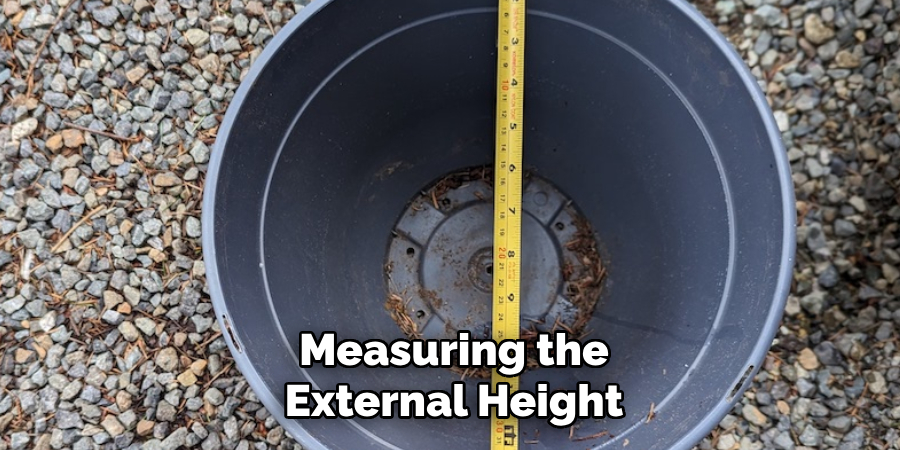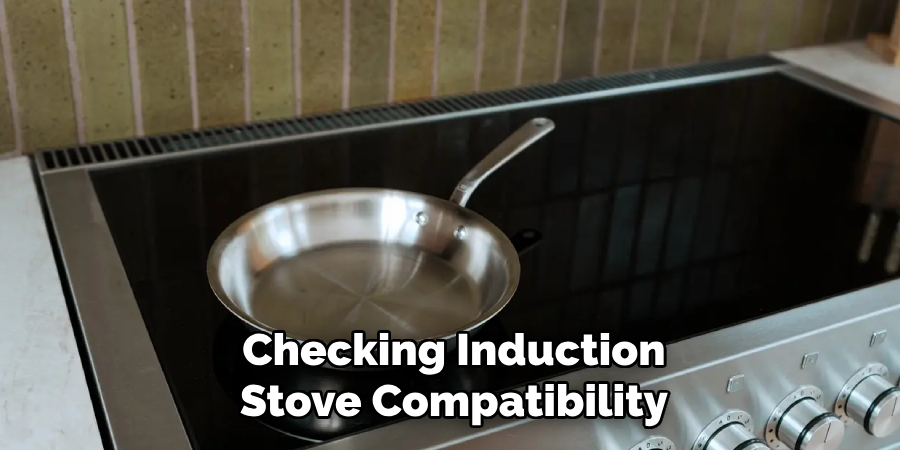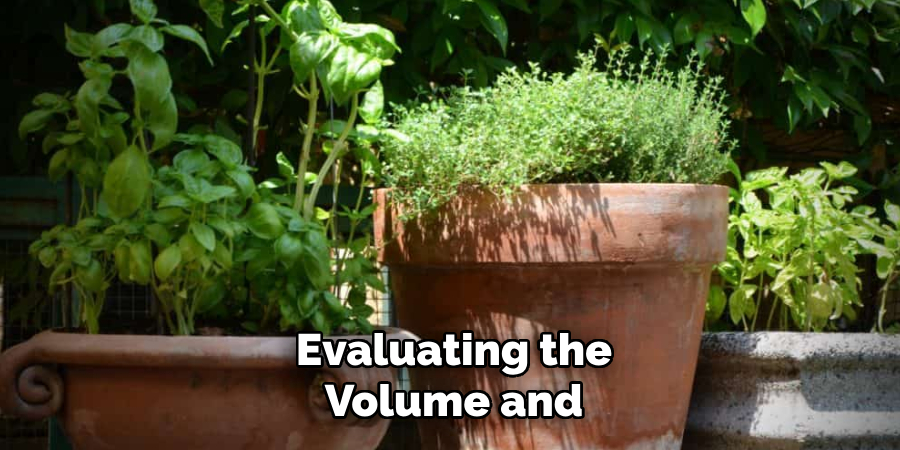Understanding how to measure pots is an essential skill for any cook or kitchen enthusiast. Measuring pots accurately ensures the right fit for lids, helps determine their capacity for cooking, and ensures compatibility with stovetops or storage spaces. Properly measured pots make it easier to match them with recipes, determine portion sizes, and assess whether they work with induction or gas cooktops.

Knowing these dimensions is practical and saves you from the hassle of mismatched cookware or improper cooking results. This article will provide a step-by-step guide on how to measure pots, focusing on key aspects such as diameter, depth, capacity, and volume. By the end, you’ll clearly understand how to choose and use your pots efficiently, whether for everyday meals or elaborate recipes.
Tools Needed for Measuring Pots
To accurately measure your pots, having the right tools is crucial. Here is a list of both basic and optional tools that will assist you in gathering essential measurements.
Basic Measuring Tools
- Measuring Tape or Ruler: These are indispensable for quickly determining the diameter and height of your pots. Ensure the tape or ruler is sturdy and clear for precise readings.
- Measuring Cups: Perfect for estimating liquid capacity, these are especially useful for determining how much food or liquid your pot can hold during cooking.
- Kitchen Scale: While not always necessary, a kitchen scale can help evaluate the overall weight of the pot if you’re looking to gauge its portability or compatibility with certain stovetops.
Additional Optional Tools
- Digital Measuring Scale: If precision is essential, particularly for weight measurements, a digital measuring scale is a handy addition to your toolkit.
- Marking Tape or Chalk: These tools can temporarily mark specific measurements on your pot, simplifying the process if you’re measuring multiple aspects at once or need visual markers.
With these tools, you’ll be well-equipped to measure your pots and make informed decisions regarding their use and compatibility. Having the right equipment simplifies the process and ensures accuracy every step of the way.
How to Measure Pots: Measure the Diameter of a Pot
Step 1: Positioning the Pot
Place the pot on a flat and stable surface to ensure accurate measurement. A wobbly or uneven surface can lead to inaccurate readings, so it’s crucial to have the pot securely positioned before proceeding.
Step 2: Using a Measuring Tape or Ruler
Take a measuring tape or a ruler and hold it horizontally across the top of the pot. Measure straight across from one edge of the pot to the opposite edge, ensuring you include the rim in your measurement. This will give you the full diameter of the pot. If the pot is curved or irregular, focus on measuring from the widest point to get the most accurate results.

Step 3: Confirming the Lid Size
Once you’ve measured the pot’s diameter, compare this measurement with the sizes of any lids you plan to use. A snug-fitting lid ensures optimal function, especially for cooking purposes, preventing heat and moisture from escaping. Always cross-reference the size to confirm compatibility before making any final decisions.
By carefully following these steps, you’ll ensure precise diameter measurements, making it easier to match pots with lids or determine their suitability for specific tasks. Accurate measurement also saves time and minimizes errors when shopping or organizing your kitchen.
How to Measure Pots: Measure the Depth and Height of a Pot
Accurately measuring the depth and height of a pot is essential for determining its capacity and ensuring compatibility with your cooking needs. Follow these steps to achieve precise measurements:
Step 1: Placing the Pot Upright
Begin by placing the pot on a flat, level surface to ensure stability during the measuring process. A sturdy countertop or table works well for this purpose. Ensuring the pot is upright and steady prevents any distortion in the measurements and makes the process hassle-free.
Step 2: Measuring the Depth
Take a measuring tape or a ruler and place it inside the pot. Start from the interior base and extend the tape or ruler vertically up to the rim of the pot. This will give you the internal depth, which is particularly useful for estimating its capacity. For pots with sloped sides or irregular shapes, make sure to measure at the highest point of the interior to get an accurate reading. Note down the depth for easy reference.
Step 3: Measuring the External Height
To measure the external height of the pot, position your measuring tool on the ground or surface next to the pot. Then, measure from the base of the pot up to its rim on the outside. This measurement can help ensure that the pot fits into cabinets, drawers, or under kitchen appliances like oven racks. Be sure to measure exactly to the rim for the most accurate result.

By following these straightforward steps, you’ll have exact depth and height measurements, helping you make informed decisions when selecting, storing, or purchasing your cookware.
How to Measure the Capacity of a Pot
Measuring the capacity of a pot is an essential step in understanding its volume to ensure it meets your cooking needs. Follow these steps for accurate results:
Step 1: Filling with Water
Start by using a measuring cup to pour water into the pot. Gradually add water, keeping a close count of how much you’ve added. Be precise with your measurements, ensuring you stop adding water once the pot reaches its maximum level without overflowing. This method is straightforward and provides a clear idea of the pot’s capacity.
Step 2: Checking Measurement Markings
Some pots come with pre-marked measurement lines on their inner walls. After filling the pot with water, check these markings against the amount of water added. This comparison helps verify the accuracy of the pre-marked measurements while also providing reassurance that your pot is labeled correctly.
Step 3: Using a Kitchen Scale for Precise Measurement
If you want extra precision, use a kitchen scale to measure the pot’s capacity. First, weigh the empty pot and note its initial weight. Then, fill the pot to its maximum capacity with water and weigh it again. Subtract the empty pot’s weight from the filled pot’s weight to find the volume in kilograms. Since 1 liter of water equals 1 kilogram, this will give you an exact capacity measurement in liters.
By following these steps, you can accurately measure the capacity of your pot and make more informed decisions about its use and suitability for various recipes.
Measuring Pots for Stove Compatibility
Checking Induction Stove Compatibility
Use a simple magnet test to determine whether a pot is compatible with an induction stove. Take a small magnet and place it against the bottom of the pot. If the magnet sticks, the pot is made from magnetic materials such as stainless steel or cast iron, which makes it suitable for induction cooking. If the magnet doesn’t stick, the pot will not work on an induction stove, and you may need to consider alternatives.

Measuring the Base for Burner Fit
It’s important to check the dimensions of the pot’s base to ensure it aligns with the size of your stovetop burner. Measure the diameter of the pot’s bottom and compare it to the size of the burner. A properly-sized pot will efficiently use the heat source and help save energy.
Ensuring Proper Heat Distribution
The pot’s base should neither be too small nor too large in comparison to the burner. A base that’s too small may lead to heat loss, while one that’s too large can cause uneven heating, potentially affecting your cooking results. Choosing the right size ensures consistent and effective heat distribution for all your culinary needs.
Choosing the Right Pot Size for Cooking Needs
Selecting the correct pot size is essential for efficient and successful cooking. Depending on your recipe and portion size, the right pot can significantly impact heat distribution, cooking time, and food quality.
Small Pots (1-3 Quarts)
Small pots are ideal for preparing soups, sauces, and small food portions. They are perfect for tasks like simmering a single serving of broth or whipping up a quick sauce for a pasta dish. These pots are also convenient for reheating leftovers or boiling a few eggs.
Medium Pots (4-6 Quarts)
Medium-sized pots are versatile and suited for general cooking tasks. They are ideal for boiling pasta, preparing stews, or cooking medium-sized portions of grains or vegetables. When cooking for a family, these pots strike a good balance between capacity and efficiency.
Large Pots (8+ Quarts)
Large pots are essential for recipes that require significant volume, such as making large batches of soup, preparing stocks, or canning fruits and vegetables. They are also excellent for cooking meals for gatherings or when batch cooking for meal prep.
Adjusting Pot Size for Different Recipes
Choosing the right pot involves evaluating the volume and type of food you’ll be cooking. For example, shallow dishes like risotto do well in medium pots, while a hearty beef stew for a crowd demands a large pot. Matching the pot size to your recipe ensures optimal flavor, texture, and cooking efficiency.

Conclusion
Understanding how to measure pots is crucial for efficient cooking and organized storage. Key methods include determining the diameter, measuring the depth, and assessing the capacity using liquid measurements. Ensuring compatibility with your cooktop is also vital. By accurately knowing your pot sizes, you can select the right cookware for each recipe, saving time and preserving texture and flavor. A final tip: always check manufacturer labels or use simple measuring techniques to confirm pot dimensions before purchasing or using. Knowing how to measure pots ensures better kitchen management and enhances your overall cooking experience.
Toby Rede is a professional potter focused on creating functional and artistic ceramics. His work blends natural textures with modern forms, often inspired by sustainable gardening and outdoor environments. Toby’s pottery emphasizes both utility and beauty, reflecting his philosophy of intentional craftsmanship. On the blog, he shares insights on integrating handmade objects into everyday life.
Education
- Associate Degree in Ceramic Technology, Alfred University
Professional Focus
- Pottery creation with a focus on functionality and artistic expression
- Techniques exploring texture, glazing, and sustainable materials
Professional Accomplishments
- Work featured in regional art shows and garden exhibitions
- Collaborations with local craft fairs and home decor shops

